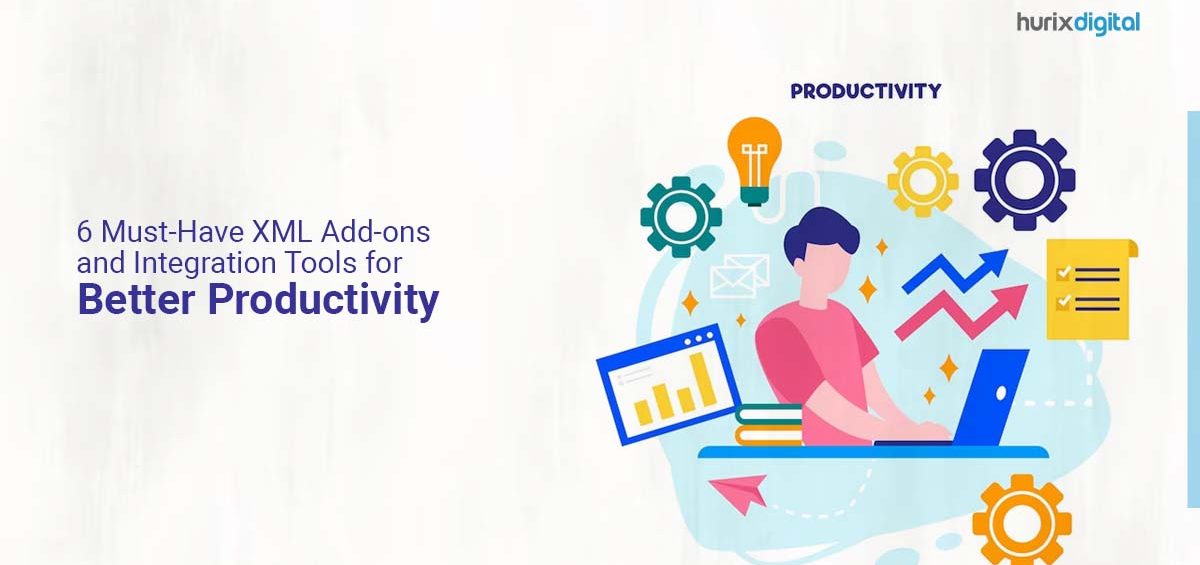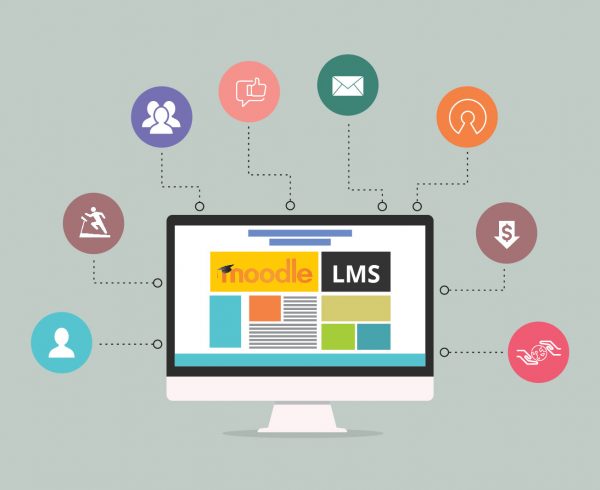XML (Extensible Markup Language) is a versatile language that is widely used for data representation and exchange in various applications. It provides a flexible and customizable framework that can be easily extended using add-ons and integration tools.
Table of contents:
– What is XSLT?
– What is XQuery?
– What is XML Schema?
– What is XPath?
– What is DOM and SAX?
– What are XML parsers and editors?
Some commonly used add-ons and integration tools in XML are:
1. XSLT (Extensible Stylesheet Language Transformations): XSLT is a language used for transforming XML documents into other formats, such as HTML, PDF, or plain text. It provides a powerful and flexible way to manipulate XML data and generate different types of output.
2. XQuery: XQuery is a query language used for searching and manipulating XML data. It allows users to retrieve specific data from large XML documents, and to perform complex queries and transformations on the data.
3. XML Schema: XML Schema is a language used for describing the structure and content of XML documents. It provides a way to define the types of data that can be included in an XML document and to validate the document against those types.
4. XPath: XPath is a language used for navigating and selecting elements and attributes in an XML document. It allows users to specify paths to specific elements and attributes, and to perform operations on those elements.
5. DOM (Document Object Model) and SAX (Simple API for XML): DOM and SAX are two programming interfaces used for parsing and manipulating XML documents in software applications. DOM provides a tree-based representation of an XML document, while SAX provides a stream-based representation.
6. XML parsers and editors: There are many tools available for parsing and editing XML documents, including online editors, text editors, and specialized XML editors. These tools provide various features for editing and validating XML documents, including syntax highlighting, auto-completion, and error checking.
Overall, the add-ons and integration tools in XML provide a wide range of functionality and flexibility for working with XML data in different contexts and applications.
What is XSLT? (Extensible Stylesheet Language Transformations)
XSLT (Extensible Stylesheet Language Transformations) is a language used for transforming XML documents into other formats, such as HTML, PDF, or plain text. XSLT is a declarative language, which means that you describe the output you want, rather than specifying how to produce it.
In XSLT, you use an XSLT processor to execute a transformation. The processor reads an XML document and applies an XSLT stylesheet to it. The stylesheet contains a set of rules that tell the processor how to transform the XML document into the desired output format.
XSLT uses XPath to navigate and select parts of the XML document. XPath is a language for selecting nodes from an XML document and is used to specify which parts of the document should be transformed.
XSLT also provides a powerful set of functions and operators for manipulating data, such as string functions, numeric functions, and date/time functions. Additionally, XSLT supports conditional statements, loops, and templates, which allow you to create complex transformations.
Overall, XSLT is a versatile and powerful tool for transforming XML documents into other formats. It is widely used in web development, document processing, and data integration applications.
What is XQuery?
XQuery is a query and functional programming language designed for querying XML and other structured data such as JSON and HTML. It was developed by the XML Query working group of the W3C (World Wide Web Consortium) and is a standard language for querying and manipulating XML data.
XQuery is designed to be expressive, concise, and easy to learn. It allows you to extract information from XML documents, transform the data, and create new XML documents. It supports a wide range of data types, including strings, numbers, dates, times, and Booleans.
XQuery has a syntax that is similar to SQL, but with some key differences. For example, XQuery uses path expressions, similar to those in XPath, to navigate through XML documents and select data. XQuery also supports functions and modules, which make it possible to organize and reuse code.
XQuery is often used in web development and content management applications, where it is used to extract data from XML documents, generate reports, and transform data into different formats. It is also used in scientific applications, where it is used to process and analyze large amounts of XML data.
Overall, XQuery is a powerful tool for querying and manipulating XML and other structured data, and it is widely used in a variety of applications.
What is XML Schema?
XML Schema is a language used for describing the structure and content of XML documents. It is used to validate and define the rules for XML documents, ensuring that they conform to a specific structure and format.
XML Schema is an alternative to DTD (Document Type Definition), which was used in earlier versions of XML. It provides more advanced features for defining complex data types, constraints, and relationships between elements.
An XML Schema document contains a set of rules that define the structure and content of an XML document. These rules specify the allowed elements, attributes, data types, and values for each element and attribute. They can also include constraints such as min/max occurrences, default values, and pattern restrictions.
XML Schema also supports the concept of namespaces, which allows you to define unique identifiers for elements and attributes within an XML document. This makes it possible to reuse the same element names in different contexts without causing conflicts.
XML Schema is widely used in web development, data integration, and content management applications. It provides a powerful tool for ensuring the quality and consistency of XML data, making it easier to manage and process large amounts of data across different systems and applications.
What is XPath?
XPath is a language used to navigate and select elements and attributes in an XML document. It is a syntax for specifying paths through an XML document, allowing you to identify and retrieve specific data.
XPath is used in a variety of XML processing languages, including XSLT, XQuery, and XML Schema. It provides a standard way of selecting elements and attributes that can be used across different XML processing tools and platforms.
XPath uses a simple path notation to specify the location of elements and attributes within an XML document. For example, the path “/bookstore/book/title” selects all the title elements that are children of the book element, which is a child of the bookstore element.
XPath also supports a wide range of operators and functions for manipulating and comparing data. For example, the “contains” function can be used to search for a specific string within an element, while the “position” function can be used to retrieve the position of an element within a set of matching elements.
Overall, XPath is a powerful tool for selecting and manipulating data in XML documents. It is widely used in web development, content management, and data integration applications.
What is DOM (Document Object Model) and SAX (Simple API for XML)?
DOM (Document Object Model) and SAX (Simple API for XML) are two different approaches for processing XML documents in programming.
DOM is a tree-based model that represents an XML document as a tree of nodes. In this model, the entire XML document is loaded into memory and parsed into a tree structure, which can be traversed and manipulated using a programming language. The DOM tree provides a way to access and manipulate individual elements, attributes, and text nodes within an XML document.
The advantages of DOM are that it provides random access to any part of the document, making it easy to modify the contents of an XML document. However, the downside of using DOM is that it can be memory-intensive and slow when processing large XML documents.
SAX, on the other hand, is an event-based model that processes an XML document sequentially, as a stream of events. In this model, the XML document is parsed and events are generated for each element, attribute, or text node encountered. These events are then processed by a program, which can perform actions based on the events generated.
The advantages of SAX are that it is lightweight and efficient, making it well-suited for processing large XML documents. However, the downside of using SAX is that it does not provide random access to any part of the document, making it difficult to modify the contents of an XML document.
Overall, the choice between DOM and SAX depends on the specific requirements of the XML processing task. If random access to any part of the document is required, or if the XML document is small enough to fit into memory, DOM is the better choice. If performance and efficiency are more important, or if the XML document is too large to fit into memory, SAX is the better choice.
What is XML parsers and editors?
XML parsers are software programs that read and interpret XML documents. They parse the document and generate a tree structure or a stream of events that can be processed by a program. XML parsers come in two types: DOM and SAX, as discussed in the previous answer.
Some popular XML parsers include:
- SAX parser: This is a built-in parser in many programming languages, such as Java and Python. It is typically used for large XML files, as it processes the XML document as a stream of events rather than loading the entire document into memory.
- DOM parser: This is also a built-in parser in many programming languages. It loads the entire XML document into memory and creates a tree structure, which can be traversed and manipulated by a program.
- StAX parser: This parser combines the benefits of both SAX and DOM parsers, allowing for both event-based and tree-based processing of XML documents.
XML editors are software tools used for creating and editing XML documents. They provide a user-friendly interface for creating and manipulating XML documents, and they often provide features such as syntax highlighting, auto-completion, and validation.
Some popular XML editors include:
- Notepad++: A free text editor with XML support, available for Windows.
- Oxygen XML Editor: A commercial XML editor with a wide range of features, available for Windows, macOS, and Linux.
- XMLSpy: Another commercial XML editor with a range of features, including XQuery and XSLT editors, available for Windows.
Overall, XML parsers and editors are essential tools for working with XML documents. They provide a way to read, process, and create XML documents, making it easier to work with structured data in a variety of applications.











